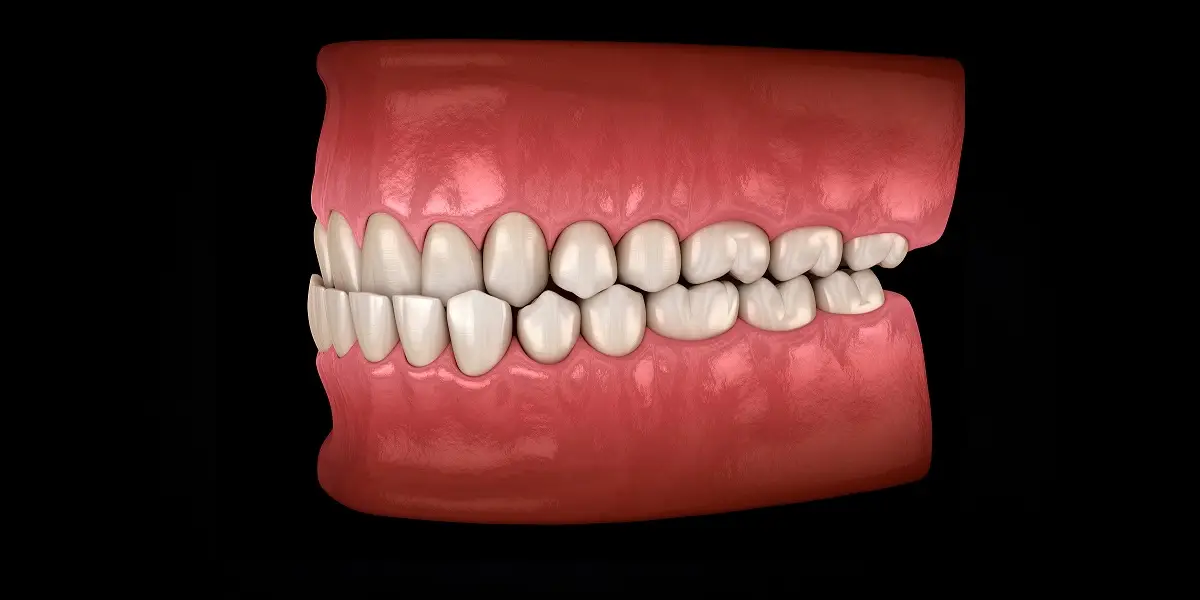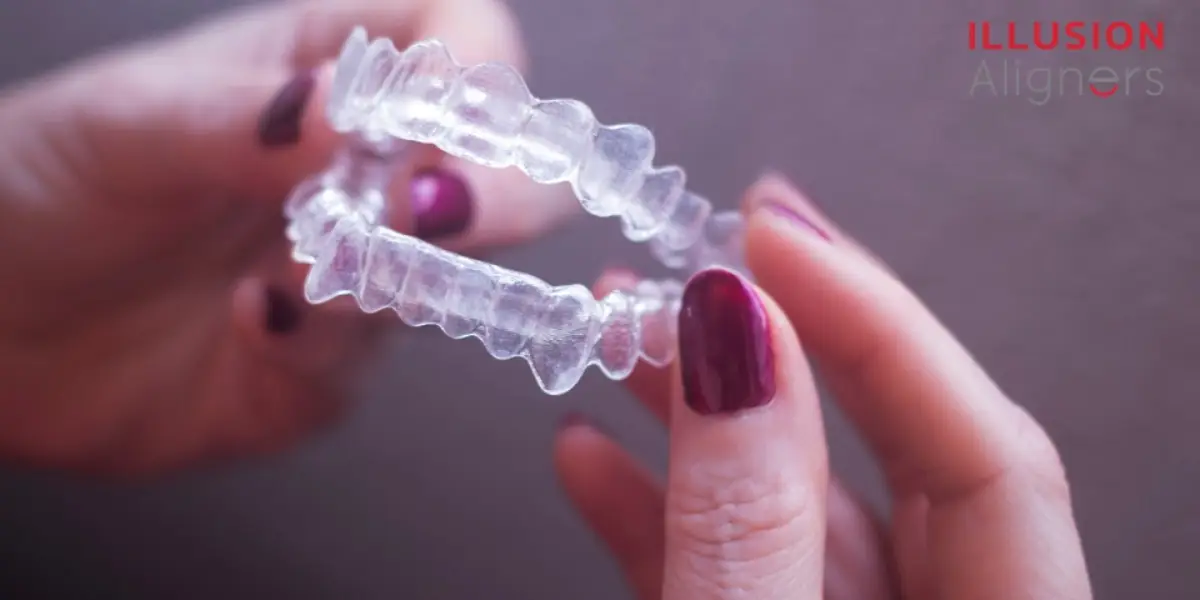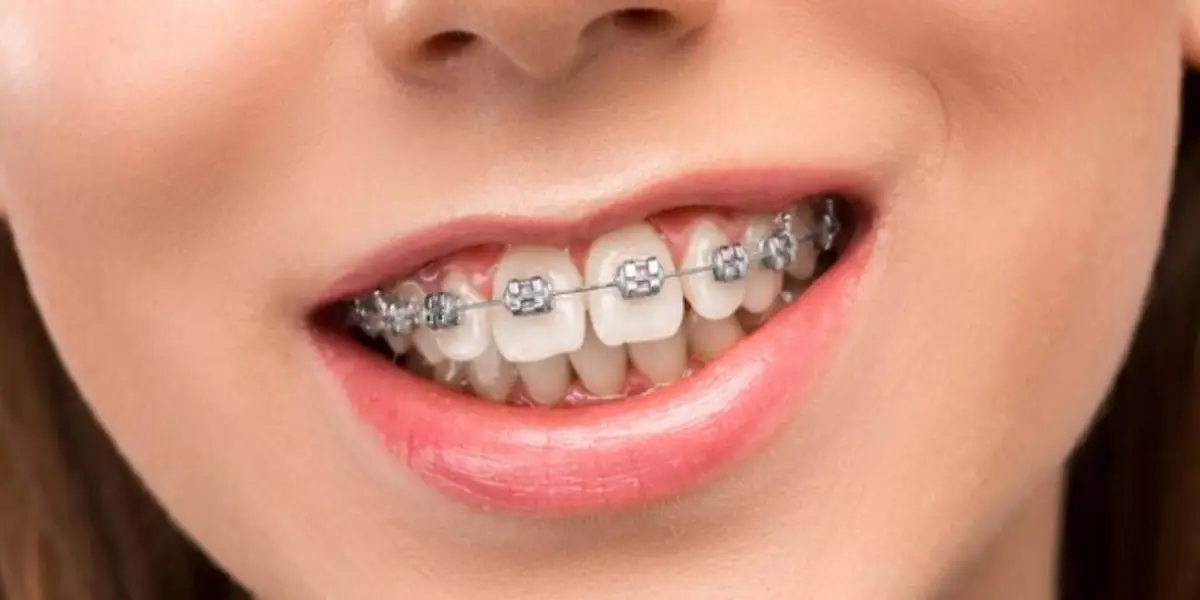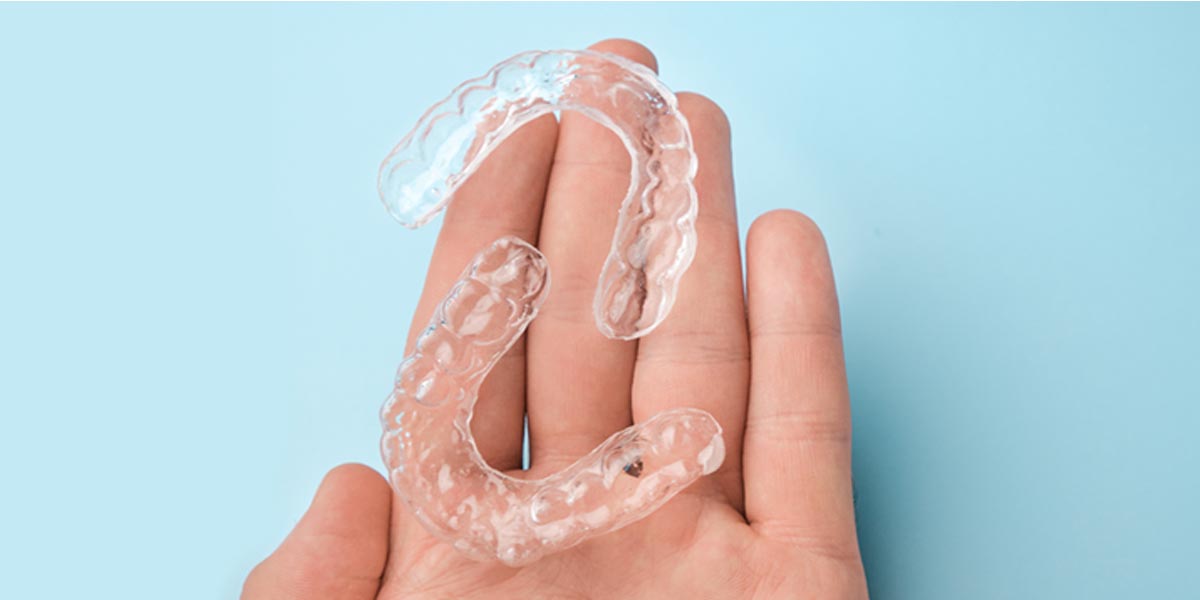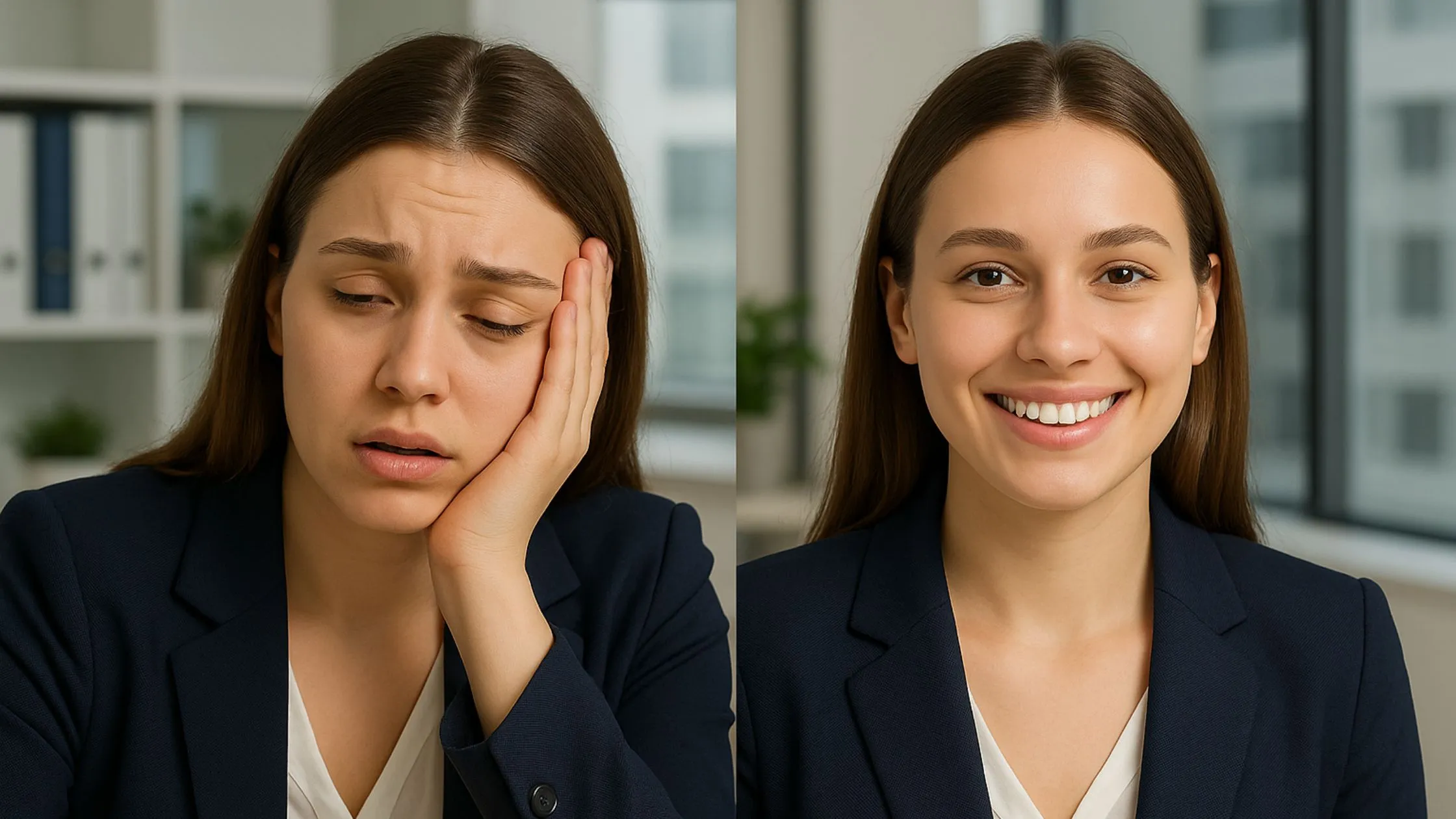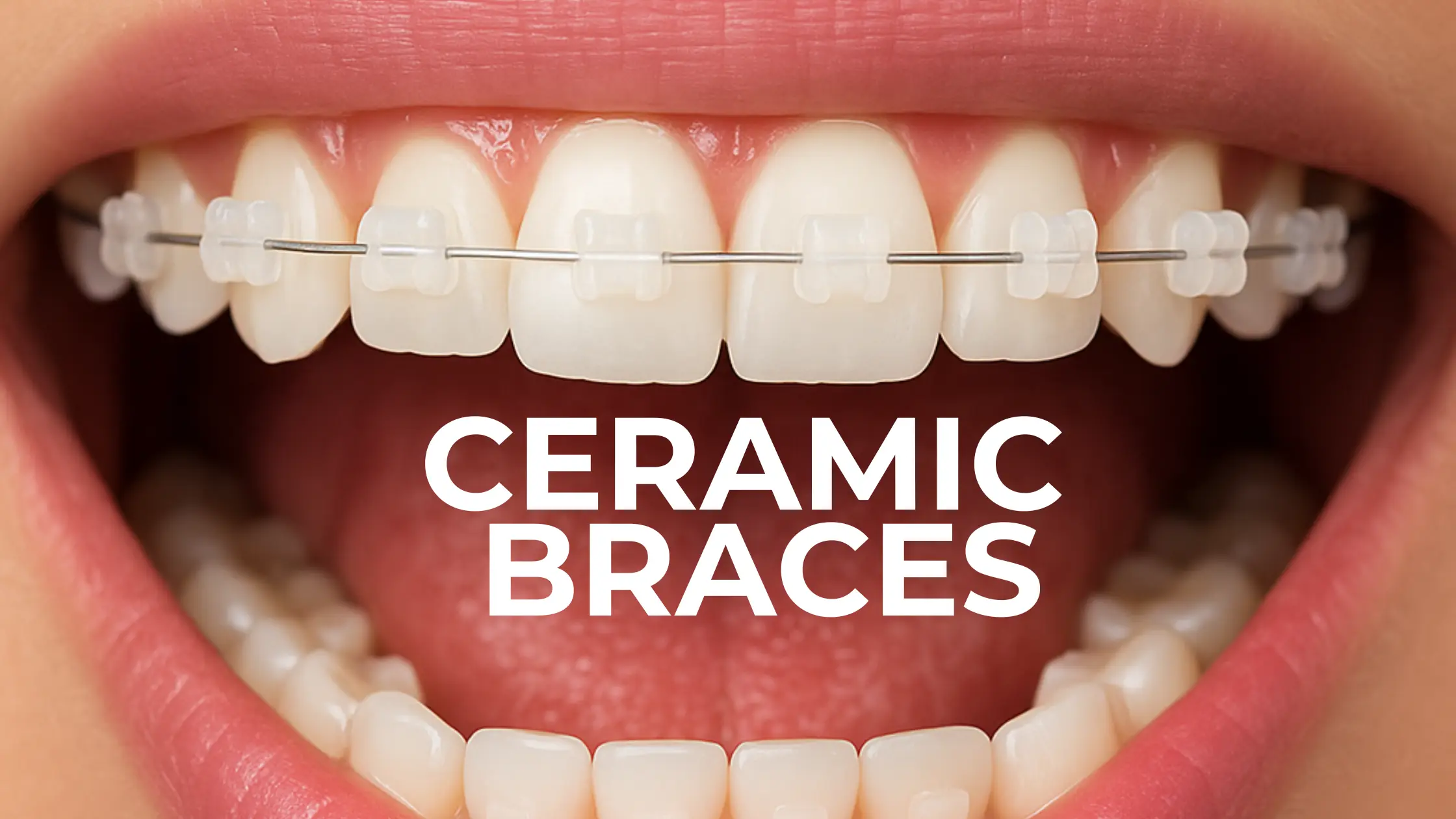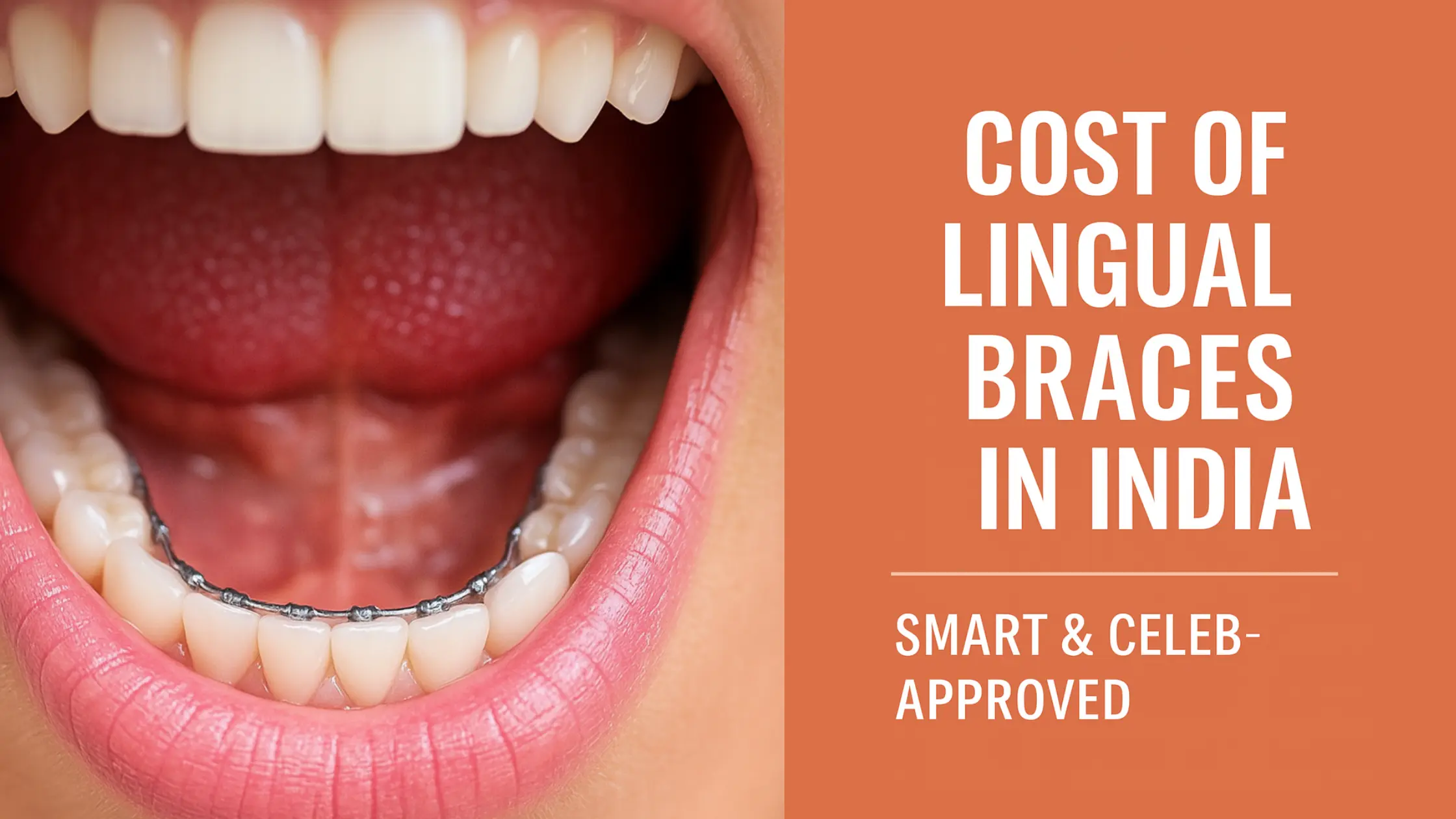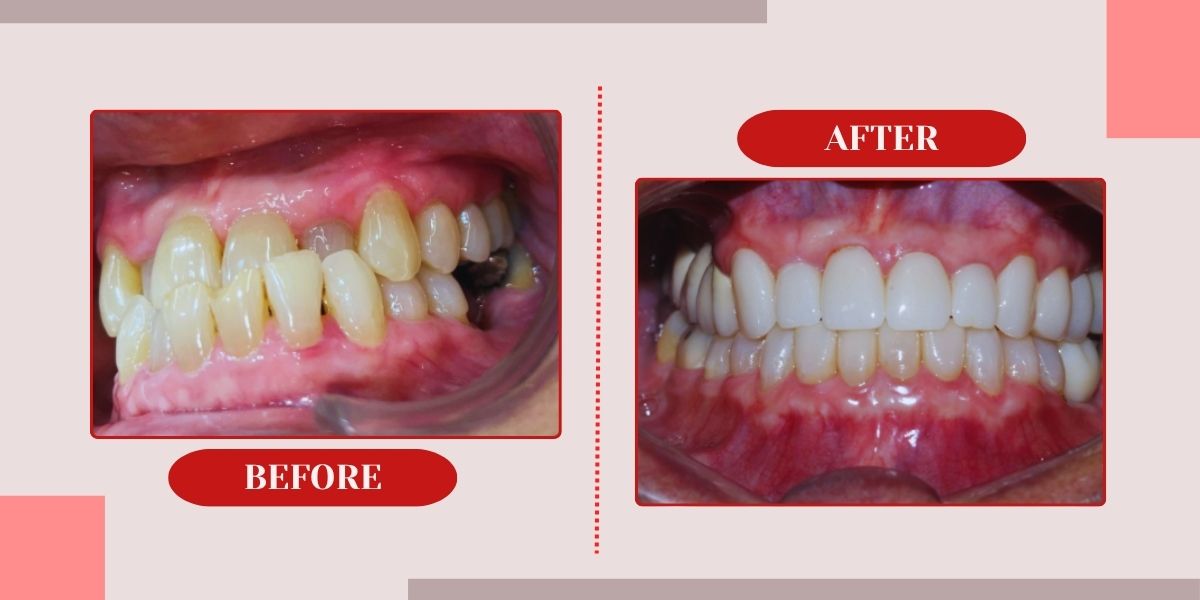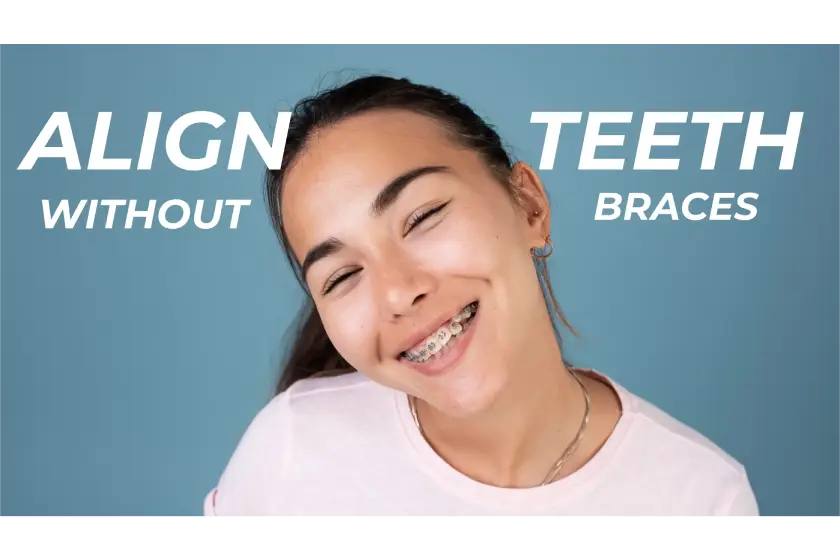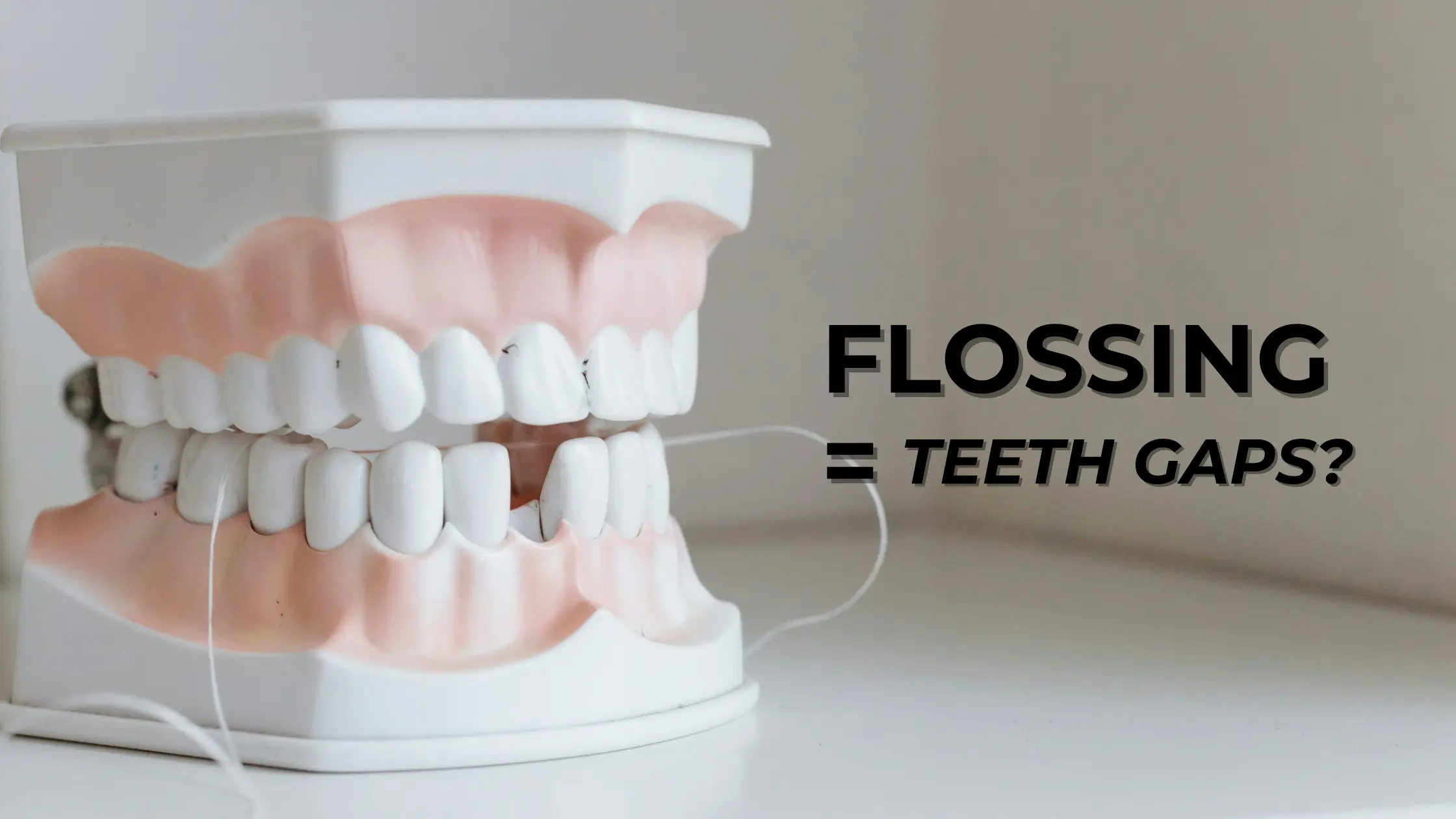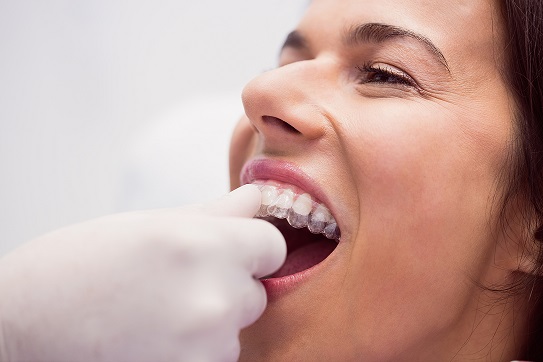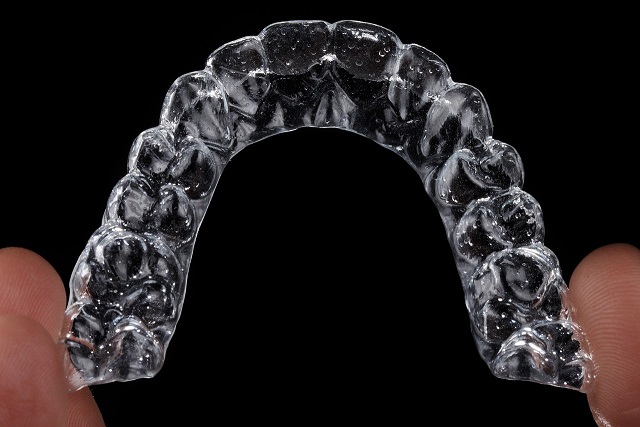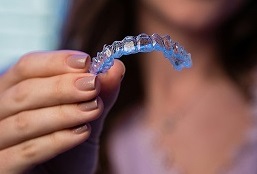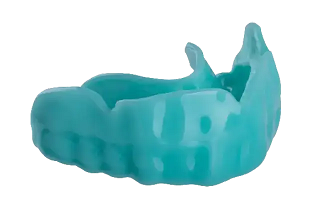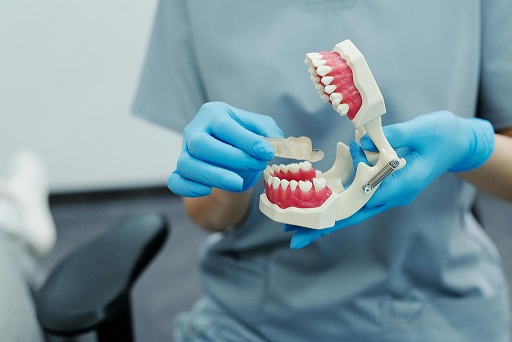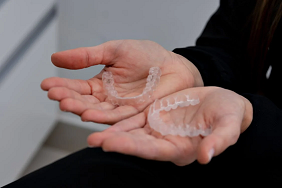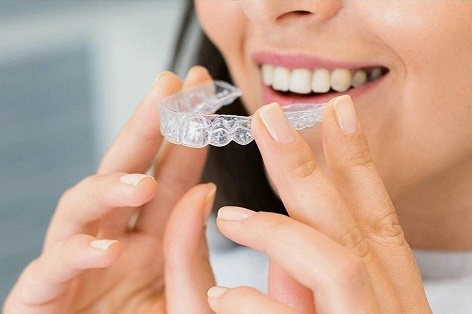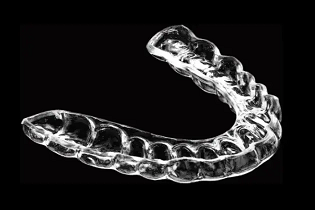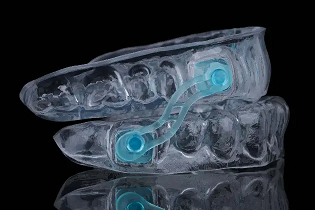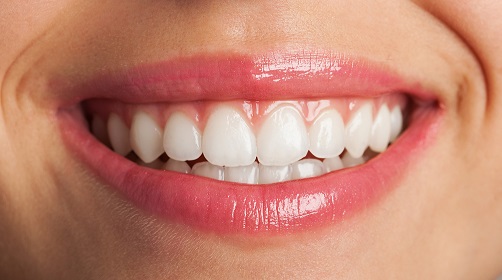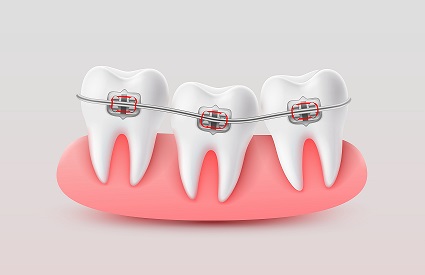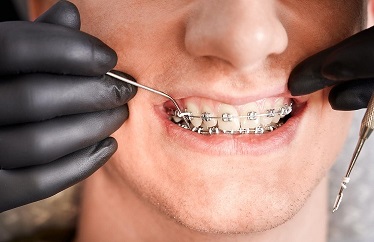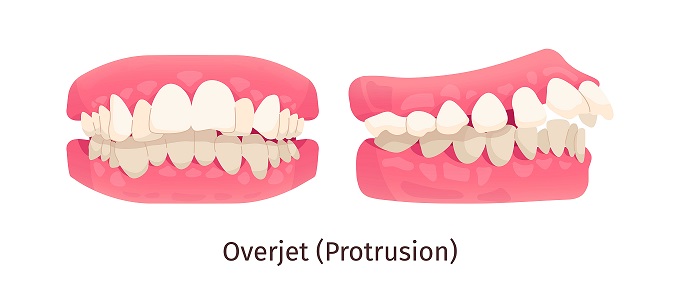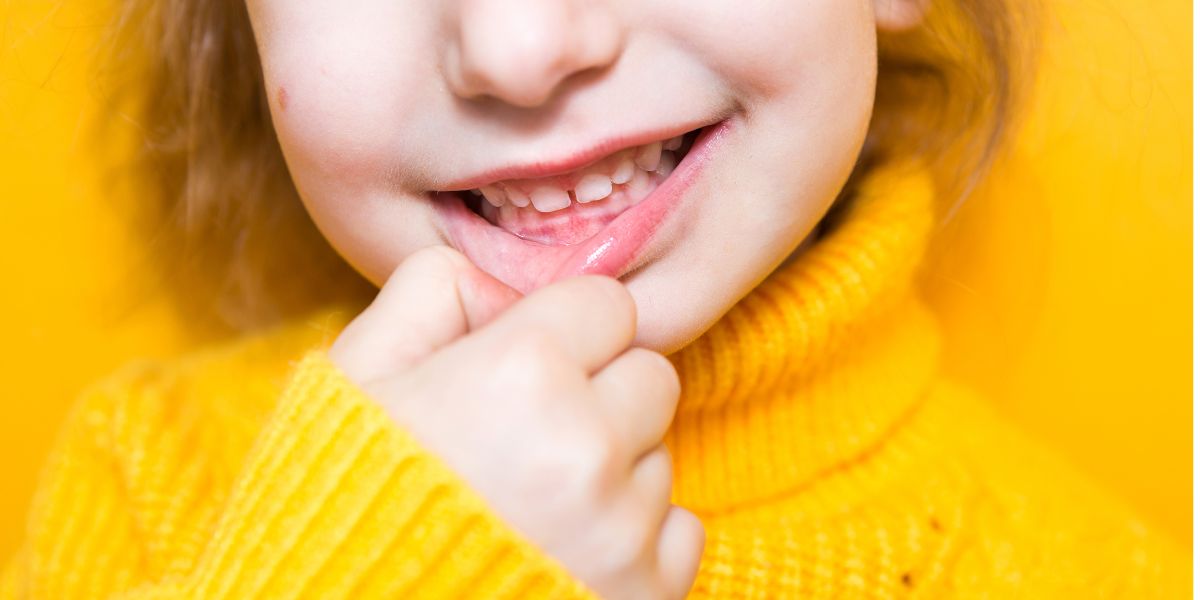
Publish on Jul 29, 2025
Malocclusion in Children: Causes, Signs and Treatment
What is Malocclusion?
Malocclusion happens when the teeth do not align properly when the jaw is closed. The top and the lower teeth do not fit properly. Malocclusion causes irregular contact of teeth. It can cause problems while biting and chewing. In the long run, this situation can cause tooth decay and cavities.
What is Malocclusion in Children?
Malocclusion can happen in children as well. Children may have crooked or misaligned teeth. The upper and lower jaw may not settle on each other in a right way when closed in children. The problems include overbites, underbites, crossbites and crowding of teeth. Malocclusion of teeth causes bite issues and speech problems.
What Causes Malocclusion in Children?
Crooked or crowded teeth look ugly and can hamper the level of confidence in the child. What are the causes for malocclusion in children? It can sometimes result from some defect at birth, or it can be genetic.
A child can develop crooked teeth due to the following reasons:
- Thumb sucking beyond the age of 5 years
- Genes and family history
- Injury to the jaw or trauma
- Bottle feeding
- Use of pacifier for a long time
- Poor oral care
- Allergy of swollen adenoids
- Damaged Tooth
- Cleft lip or palate
These factors can lead to crooked teeth and cause more problems and become causes of malocclusion as the child grows up. Monitor the habits of the child as it can help prevent crooked teeth.
What are the signs of Malocclusion in Children?
It is easy to spot malocclusion in children if you notice the following signs:
- Crooked teeth or misaligned teeth
- Improper bite
- Difficulty in chewing
- Frequent bites on the tongue or cheek
- Problems in speaking and breathing
- Changes in the structure of the face
- Breathing through mouth
- Teeth Grinding and Clenching
- Delay in tooth loss or premature tooth loss
- Improper structure of the face
- Problems in the growth of permanent teeth
How does your dentist diagnose Malocclusion?
Your dentist will be able to find problems with children's teeth with some easy tests.
- X-Rays: Your dentist will rely on some dental x-rays to examine the teeth and face structure of the child. It will help to understand the jaw and teeth placement.
- Impressions: The dentist can take imprints or scan the child's mouth to examine the extent of the problem.
- Medical History: Past medical history will help your dentist understand the reasons for crooked teeth. It will also help to lay down proper treatment for the child.
It is advisable to share all the details about the child's health, sickness and habits with your dentist to support the treatment.
How can we Treat Malocclusion in Children?
First, it is essential to monitor teeth position. Keep a check on the habits of children at an early stage to avoid misalignment. Teach them to follow the proper habits for better oral health. There are medical ways that can help treat crooked and crowded children. An orthodontist is the right person to handle such cases. They will suggest some treatments to help fix the alignment.
Tooth Removal: If the child's teeth are crowded or crooked, it affects the new or permanent teeth. In such cases, it is necessary to remove a few teeth as it provides more space for teeth straightening.
Braces: The dentist can recommend straightening teeth with braces for your child. Braces are fixed on to the teeth for a certain time. They are made of metal wires and brackets. It helps to straighten the teeth and the jawline. Braces can correct complex cases and fix bite issues. You can choose clear braces for children, as they are less visible. They are made of ceramic material and are less visible than metal ones.
Transparent Aligners:Transparent or clear aligners are a modern way to correct crooked teeth cases. A dentist can suggest transparent aligners for children in certain cases. Clear aligners are made from clear and safe plastic material. They are custom-made and fit the teeth snugly. Aligners are easy to use and do not restrict food habits. They are removable and correct teeth in a shorter time.
Jaw surgery: In some cases, jawline correction is needed. If your child's bones become weakened, then they could need jaw surgery to correct the biting issue.
Early Dentist visits: You can start dental visits for your child at 12 months. Early detection and timely visits can help tackle crooked teeth at an early stage.
Oral Health: Encourage your child to maintain good oral health. Teach good oral habits of brushing and flossing. Poor oral health can cause crooked teeth in the near future.
What should you enquire with the dentist about your child's treatment?
You need to understand the situation and condition of teeth before you start it. It would help if you enquired about the details of the treatment and the impact of it on daily life. It is advisable to list the questions and clear your doubts in advance.
- What is the condition of the teeth?
- What type of treatment is needed?
- What will be the duration of the treatment?
- What does an underbite or overbite mean?
- What are the limitations and precautions to be followed?
- Is there any other way to treat the case?
In Summary
Malocclusion in children is common. It means their upper and lower teeth don't align when they bite or chew. In such cases, children face difficulty in biting, chewing and speaking. Crooked teeth can lead to further teeth issues like tooth decay and cavities. A child may lose confidence due to appearance. He or she can feel embarrassed and hesitate to speak and smile freely in public. It can add to social anxiety and lower the self-esteem of your child. In general, malocclusion needs correction for better looks and to achieve a beautiful smile. It helps to maintain good oral health as it is easy to clean straight and aligned teeth. Delay and ignorance will add to the problem and make it complex. Early detection and timely treatment will save both time and cost.
Medically Reviewed By Dr Jaineel Parekh, MDS orthodontics
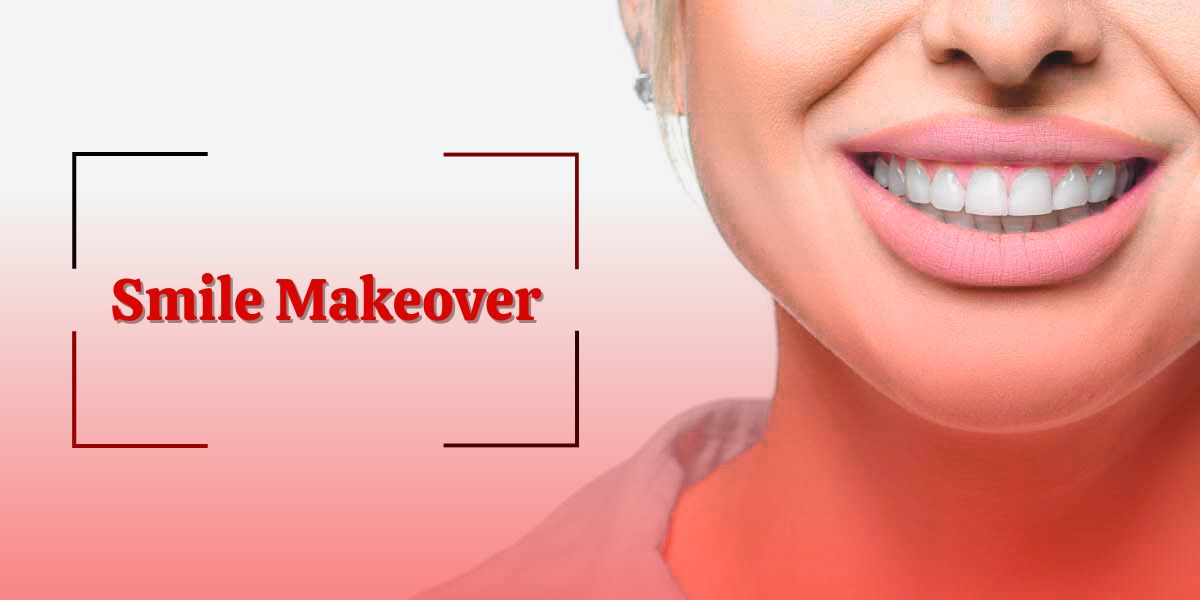
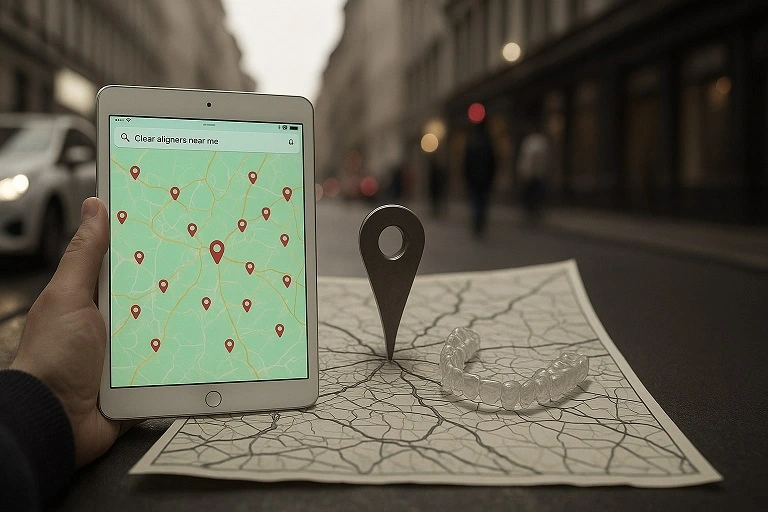
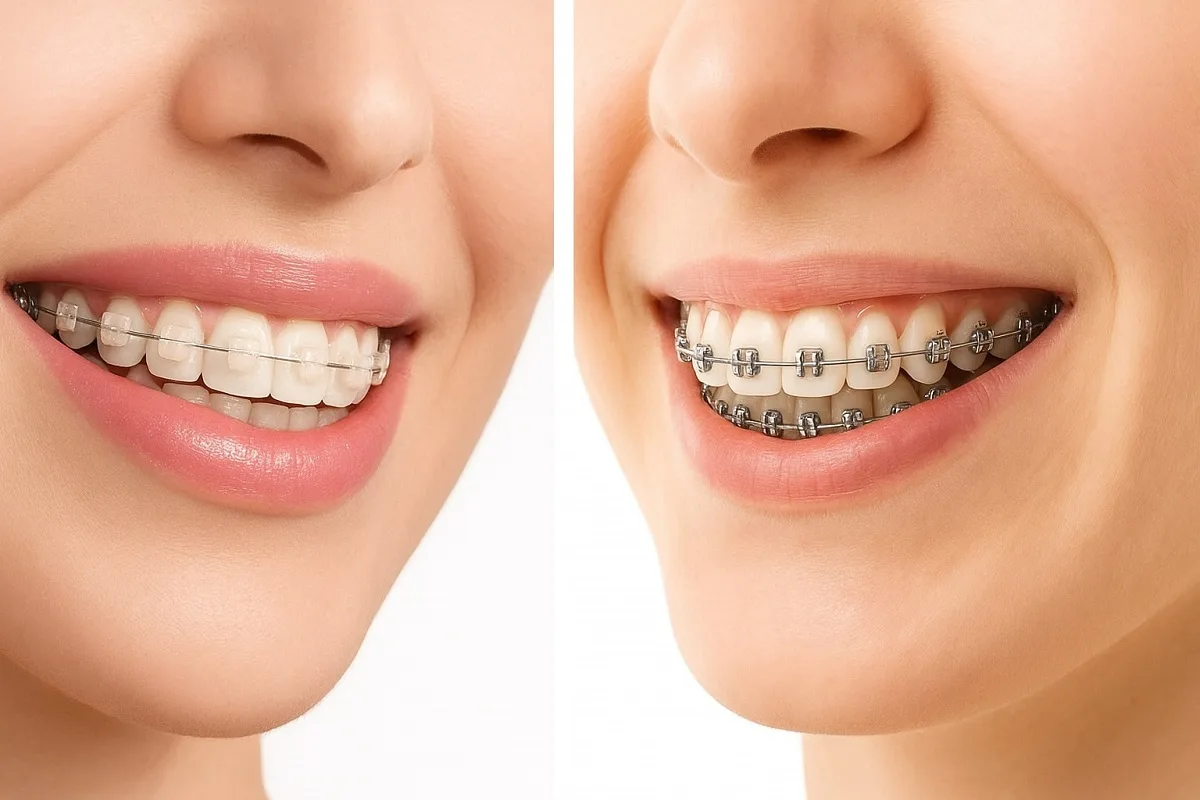
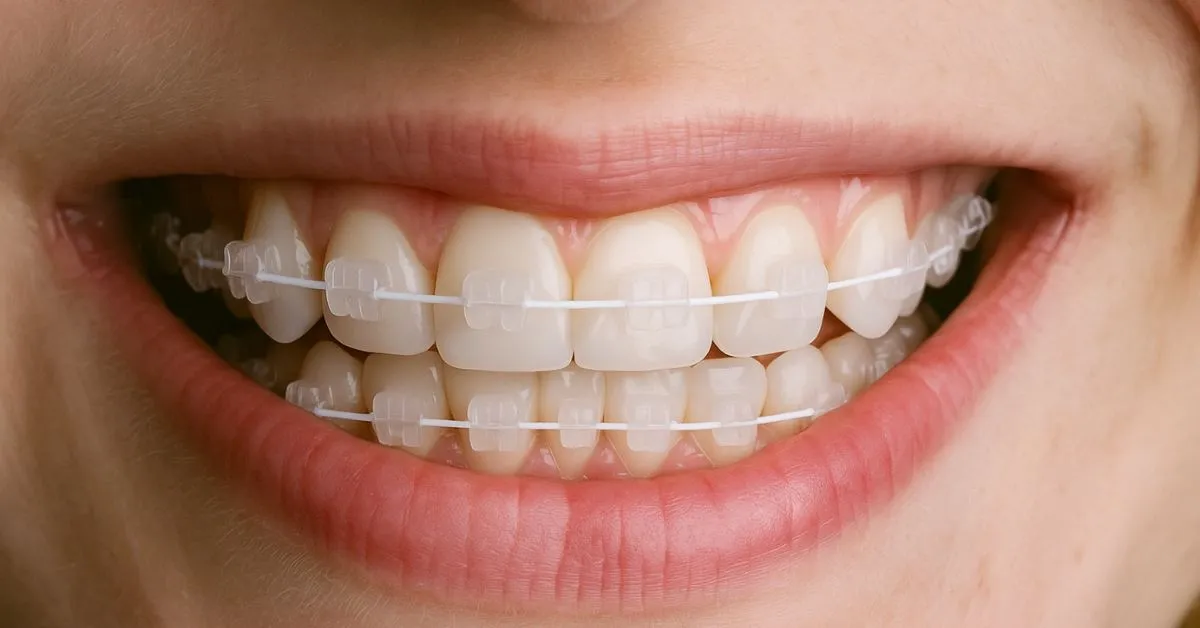
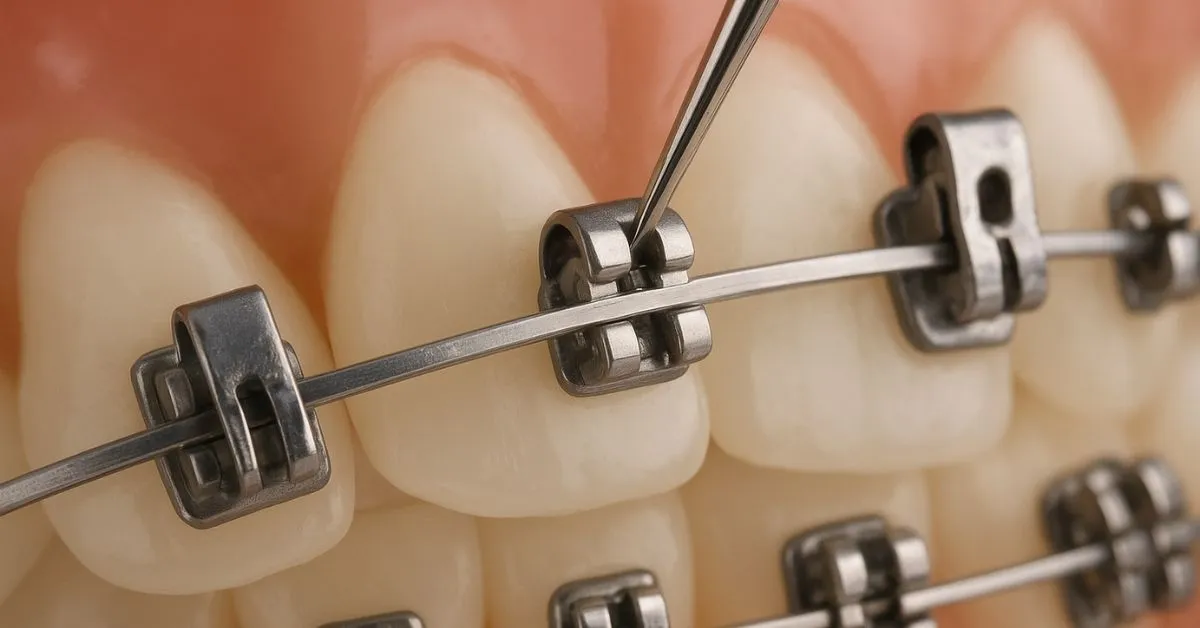
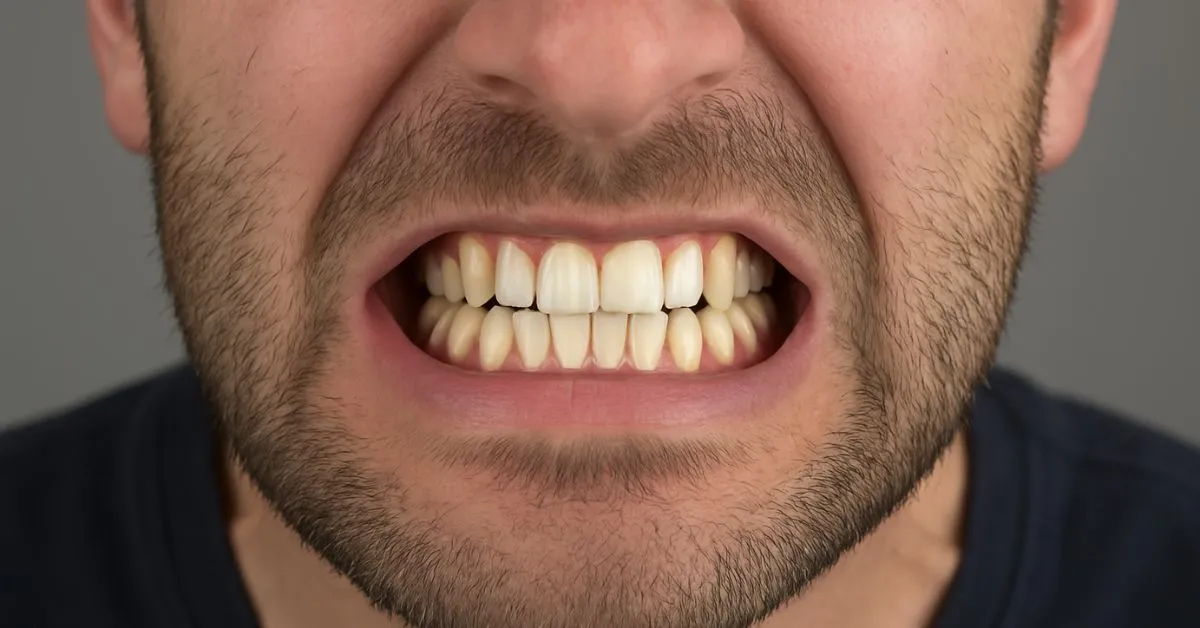
.webp
)
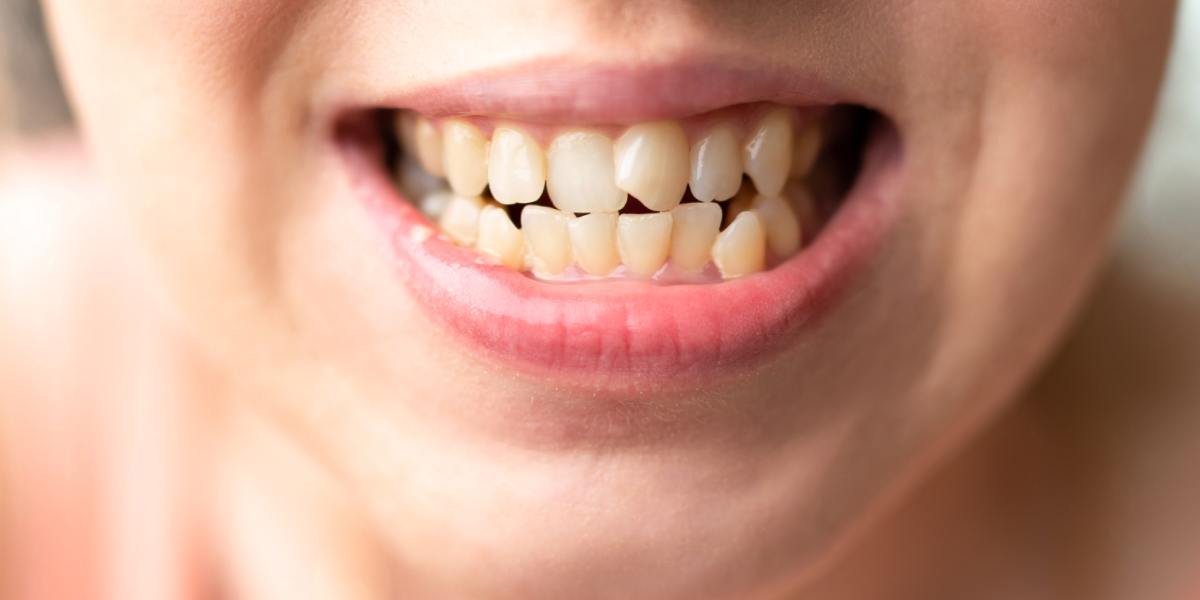
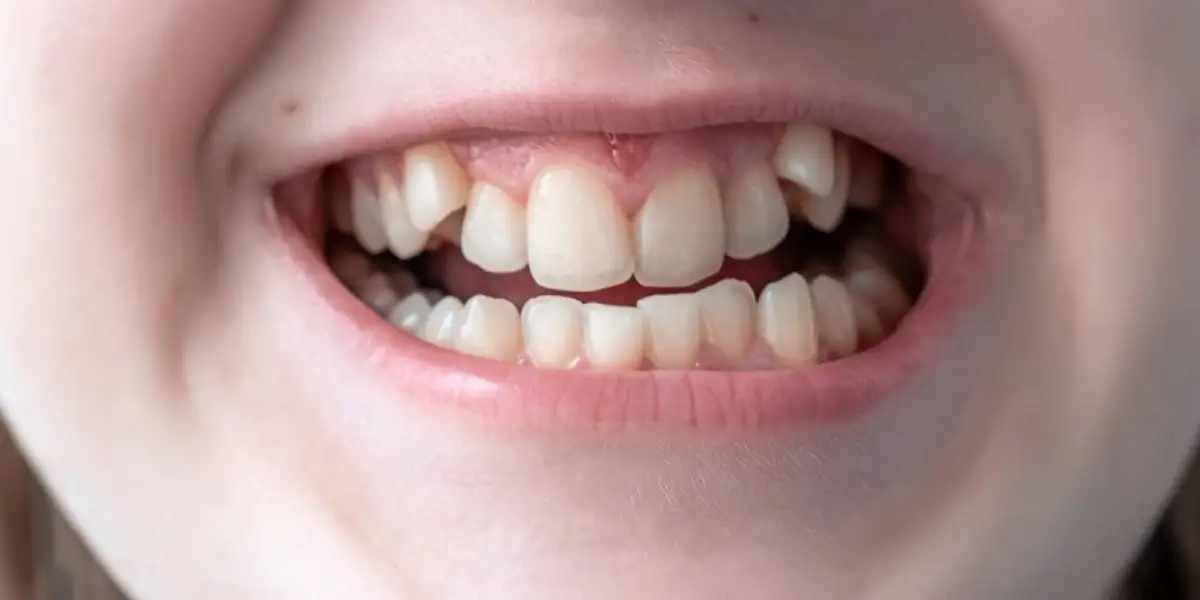
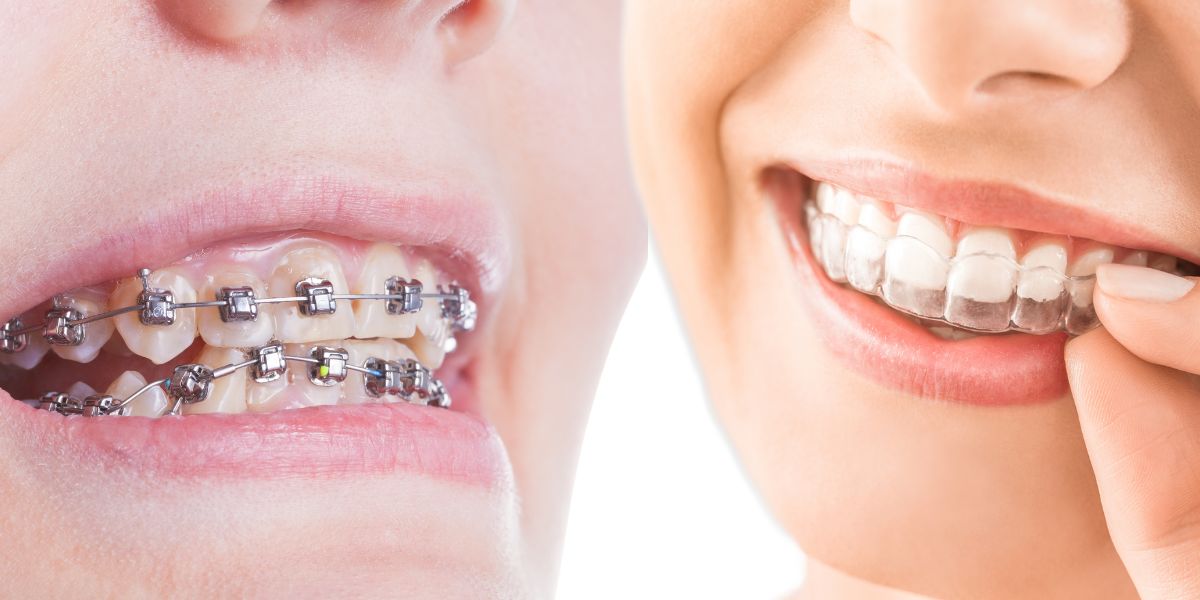
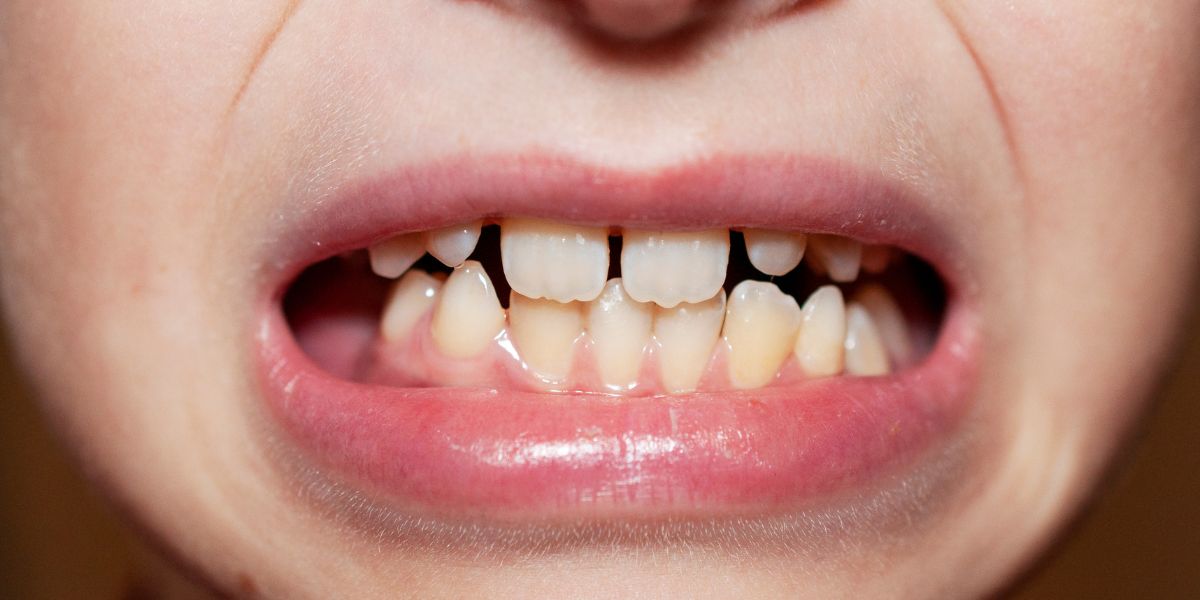
.jpg)
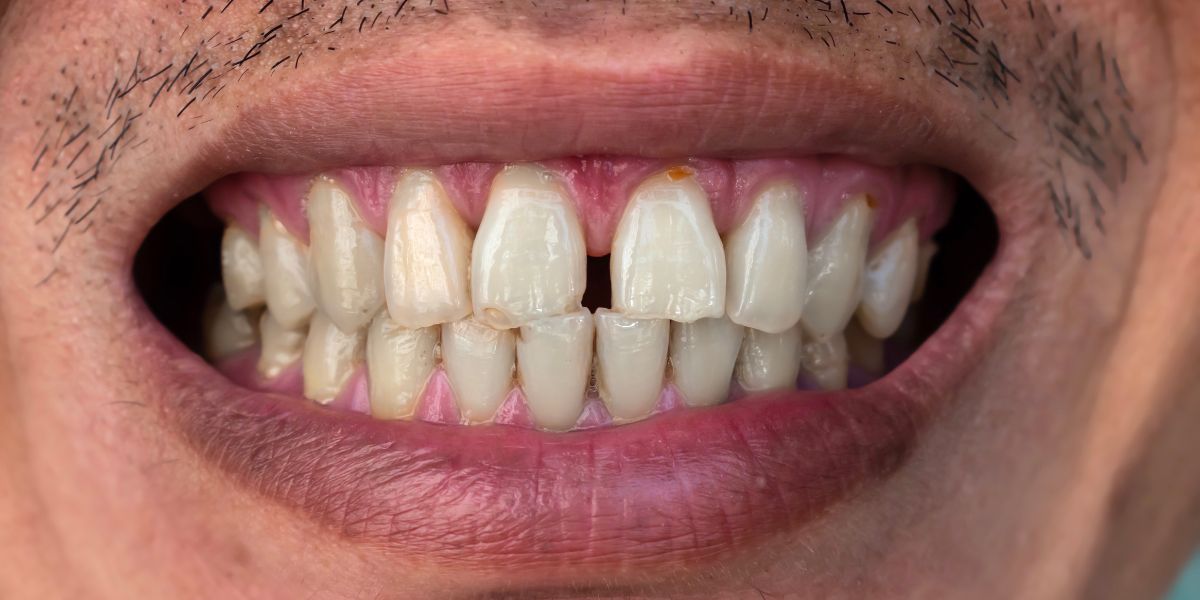
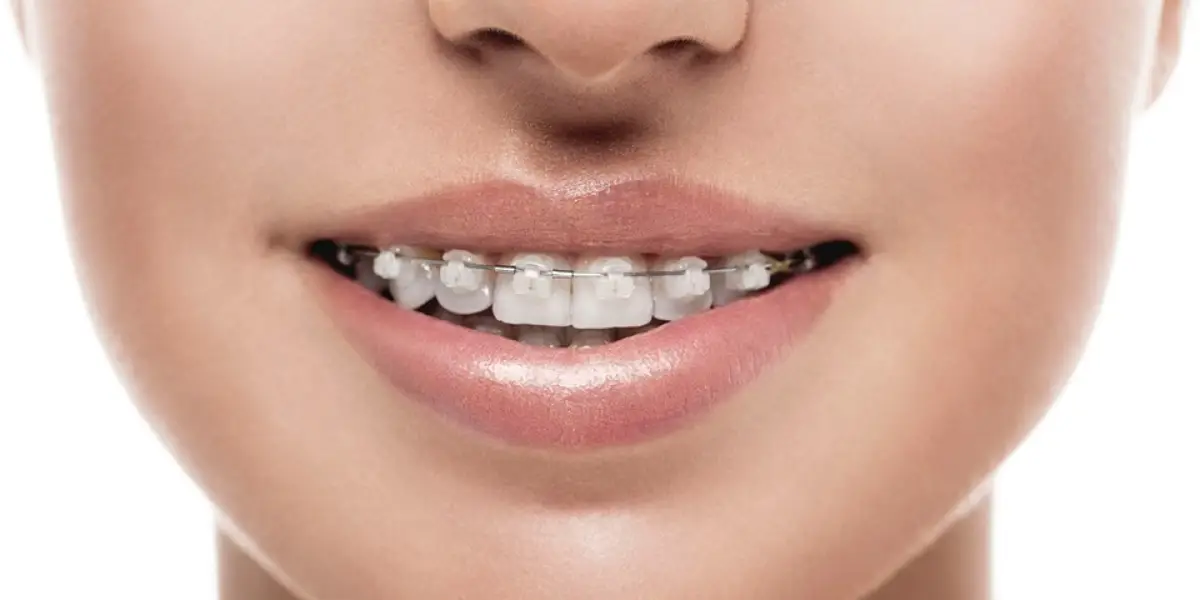
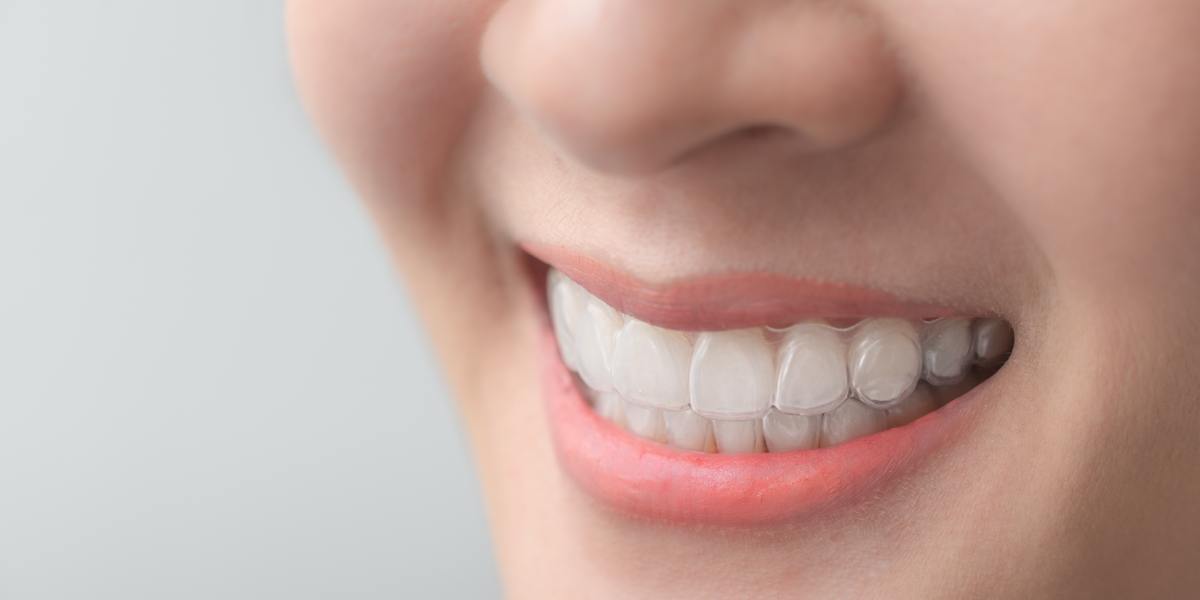

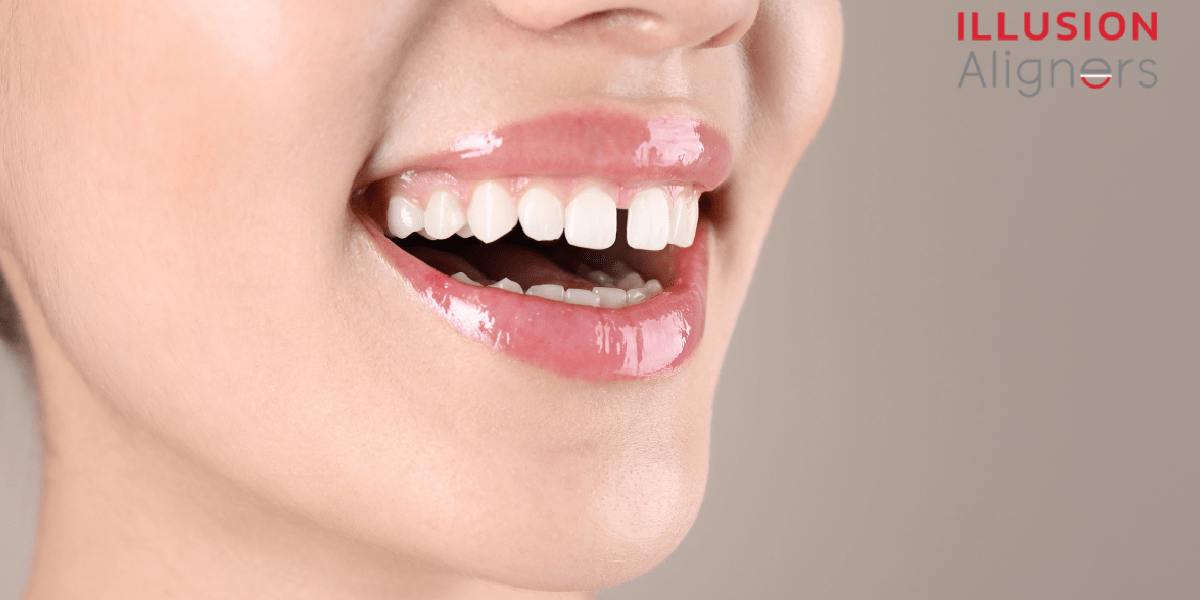
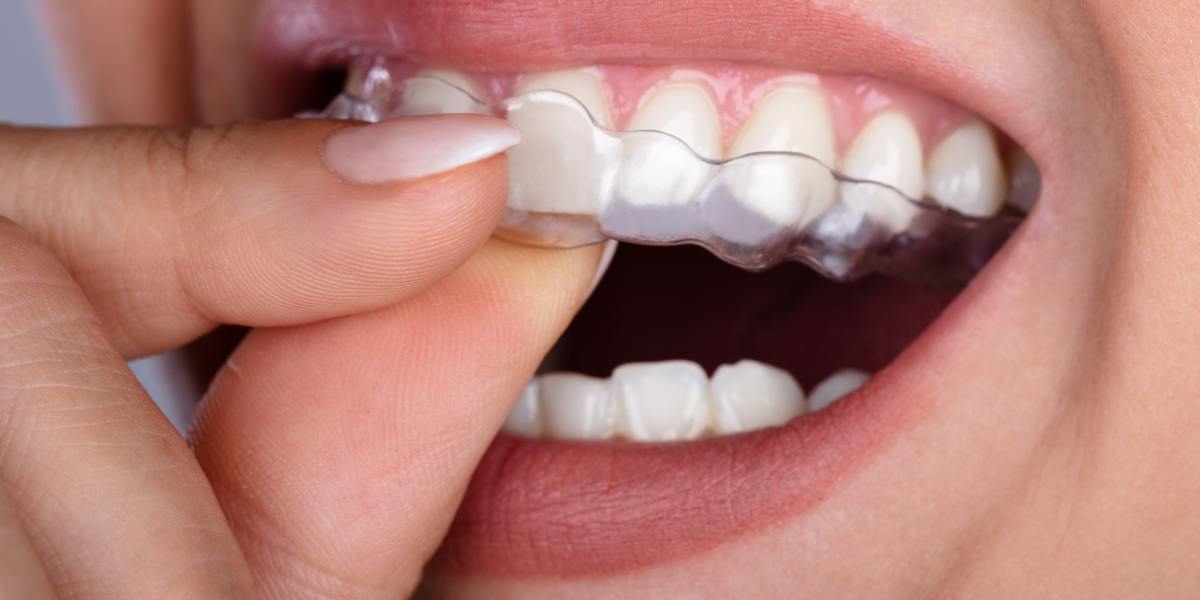
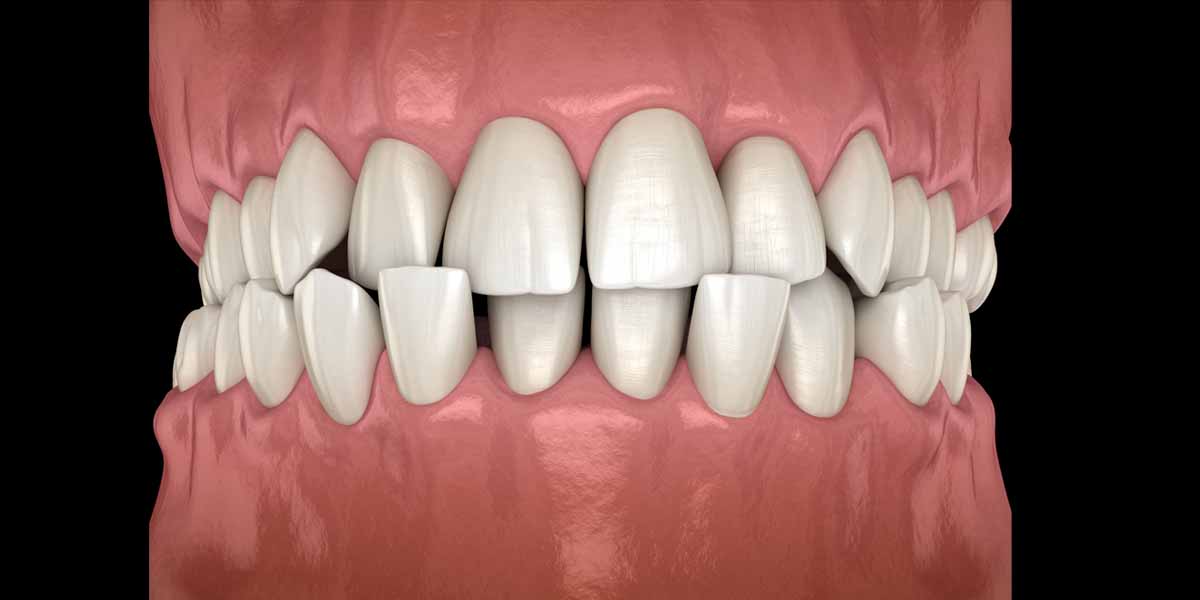
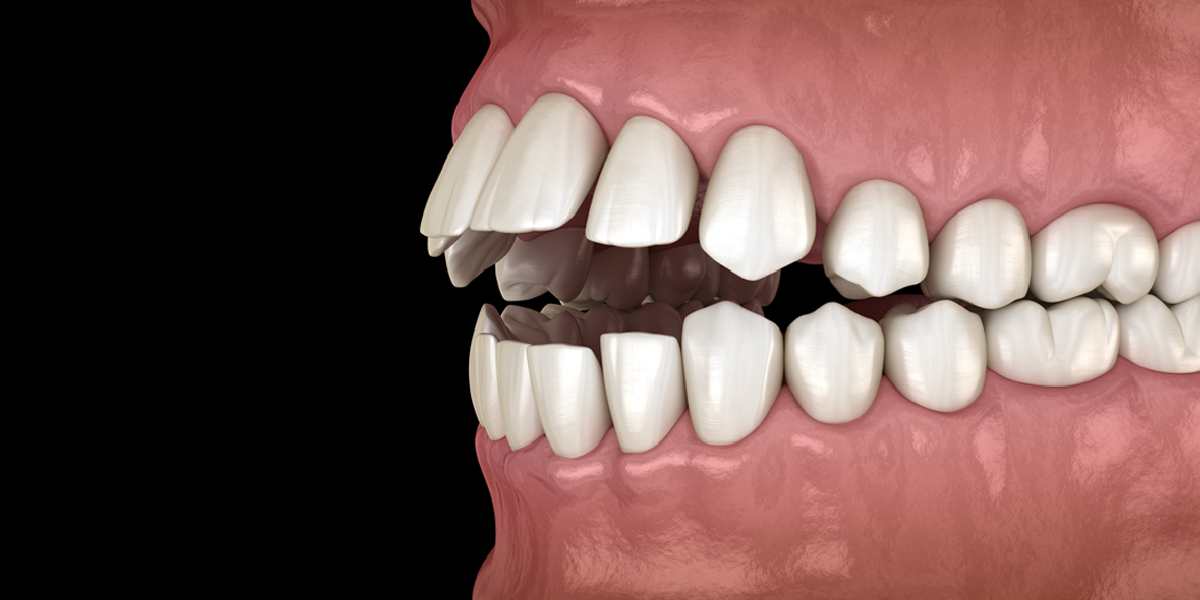
2.jpg)
